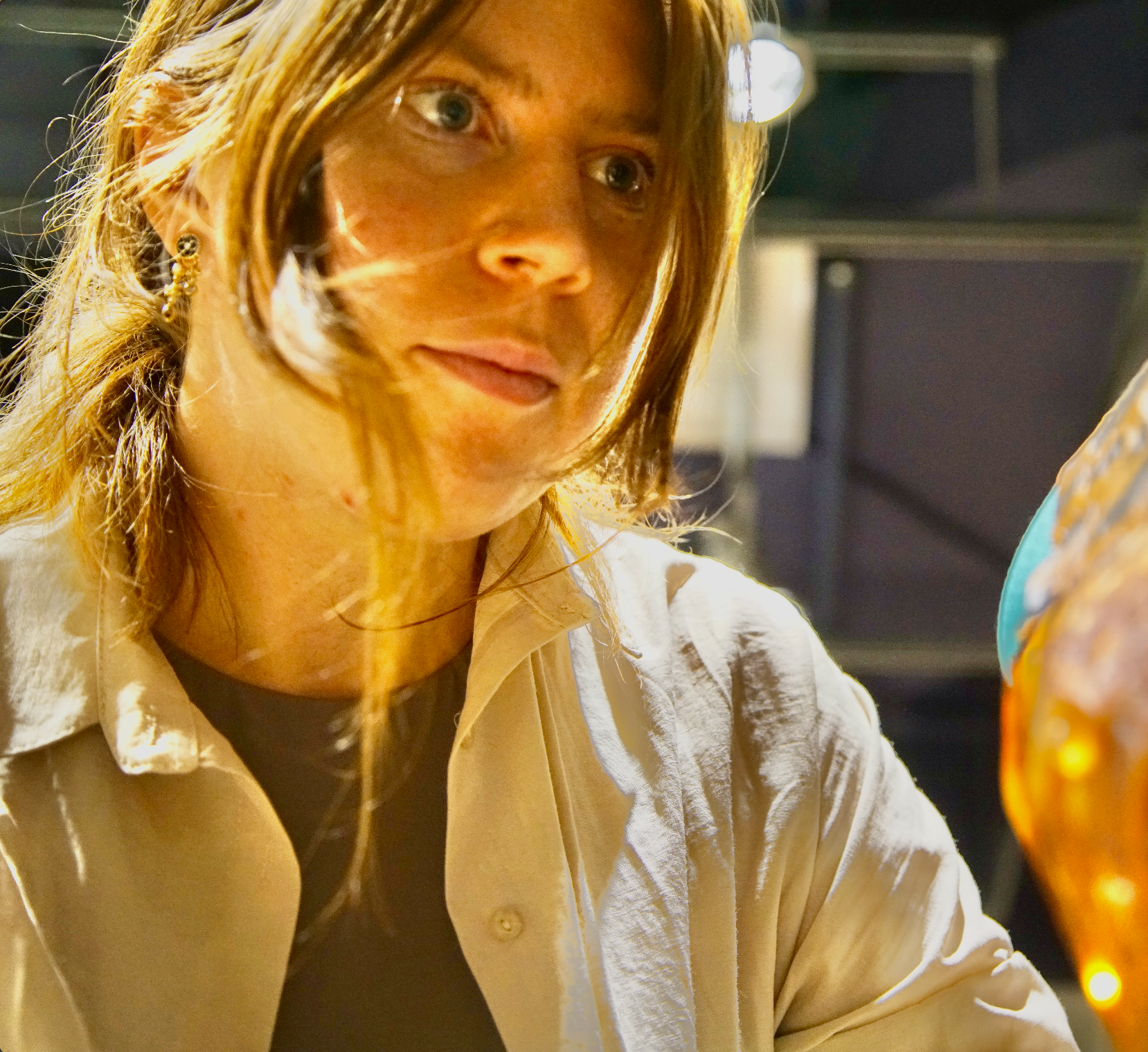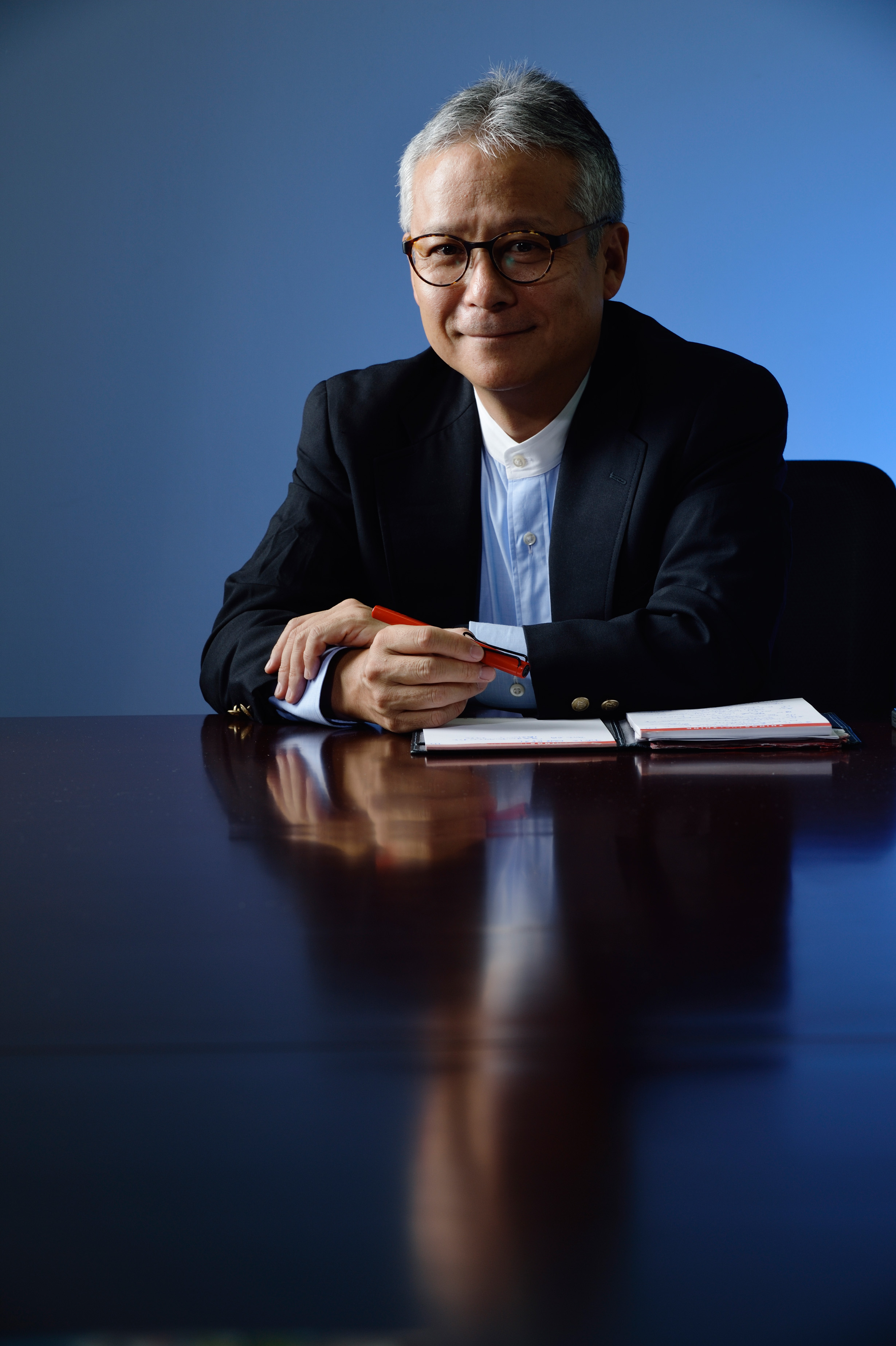Cited By
View all- Campo Woytuk NBell FPark JAlistar MBalaam M(2024)A Plurality of More-than-Humanness: Feminist Speculations for Designing with the Vaginal MicrobiomeProceedings of the Halfway to the Future Symposium10.1145/3686169.3686170(1-10)Online publication date: 21-Oct-2024






